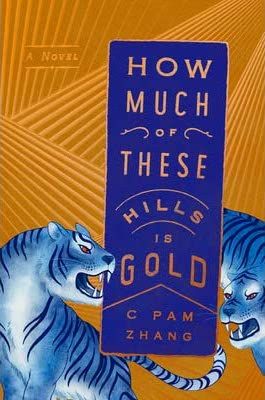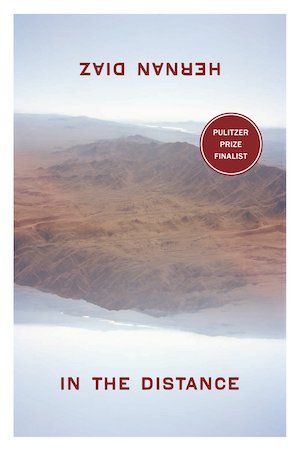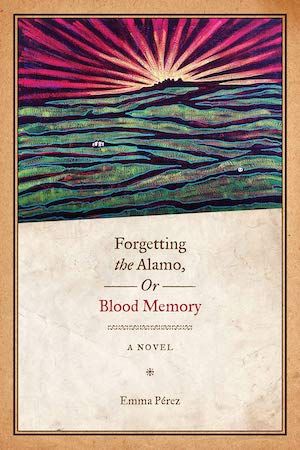Defining Weird Westerns
Put simply, weird westerns are a merger of westerns and weird fiction. Think: westerns plus monsters, supernatural phenomena, or outer space (among other “weird” elements). As Anna Bogutskaya points out in her essay “Where to Begin with the Weird West?” the term has its roots in the 1972 DC Comics anthology Weird Western Tales even though the genre-bending tendency for western mash-ups can be traced back at least a few decades prior to that. Up until recently, the term has most frequently been used to talk about cinema, which is ironic given its roots in print media. Before I go any further, let’s pause to think about westerns and weird fiction. If you’re familiar with westerns (as a genre) you probably know the genre has its roots in U.S. American histories of westward expansion. Conventionally, they tend to feature archetypal characters (almost all male: cowboys, lawmen, outlaws, etc.) moving through a vast frontier that is alternately empty, antagonistic, or lawless. There’s a lot more to westerns than this, and a lot of interesting work has been done in the genre that’s worth paying attention to. But hopefully you get my drift: it’s the rogue cowpoke roving about on that trusty horse, six-shooter always within reach as the west is gradually populated by settler colonists. Then there’s weird fiction. As a sub-genre of speculative fiction, weird fiction features supernatural elements — whether characters, events, or settings — but isn’t easily classified. It’s famously hard to pin down. Generally speaking, in addition to the supernatural the genre often (but not necessarily) includes elements of dark fantasy or horror. Since weird fiction is notoriously hard to define, that complicates matters. Regardless, weird westerns still feature that familiar setting or those familiar characters (sometimes both), but there’s also some “weird” stuff in the mix. For instance, in Stephen King’s Dark Tower series you have Roland Deschain, a gunslinging character who resembles the archetypal cowpoke…but you also have strong elements of dark fantasy and horror intermingled with his quest for the mythical tower that connects all the universes.
Different Types of Weird Westerns
In his Encyclopedia of Weird Westerns, Paul Green points out that the “weird” of “weird westerns” isn’t meant to describe things that are simply rare or unusual. Instead, it’s meant to describe westerns that, in essence, are genre mash-ups. Westerns that include, for instance, zombies or aliens. To that end, Green outlines five main types of weird westerns: weird menace westerns, science fiction westerns, space westerns, steampunk westerns, and weird western romances. Are these the only categories for weird westerns? Not necessarily. However, since Green was one of the first people to put this down in print in this manner, they’re fairly foundational for how this sub-genre is understood (broadly speaking). In essence, the weird western brings together genre conventions of westerns with the trappings of other genres, especially horror, science fiction, fantasy, and/or romance (although in the case of romance, there has to be more than just adventurous bedroom antics to satisfy the “weird” of weird westerns).
How Understandings of Weird Westerns are Growing
The conversation has been gaining momentum in exciting ways over the past decade and a half. In part, this is because of some really interesting critical publications about weird westerns. The first is Green’s 2009 book Encyclopedia of Weird Westerns (the second edition was released in 2016), which catalogues weird westerns across literature and comics, film and television, and video games and RPGs. A few years later (in 2012, to be exact) came an edited collection of essays called Undead in the West (and one year after that: Undead in the West 2) which does some really interesting work to think about how weird westerns take on some of the most dominant themes and tropes that characterize the (non-weird) western as a genre. Most recently, in 2020 Weird Westerns: Race, Gender, Genre was published. The essays in this collection delve into some rich conversations around race and gender (hence the subtitle) and show how far the thought on this sub-genre has come.
Some Reads to Get You Started
There’s so much to read if you’re in the market for a weird western. You’ll find Stephen King’s Dark Tower series and Cormac McCarthy’s Blood Meridian on most lists of weird westerns. But if you’re looking for something more recent, here are three that I’d recommend taking with you into the sunset. If you’re interested in weird western comics, check out The Weird Wild West in Comics for a few solid recommendations!


